Rajshahi, APR 14 (V7N) – Once so plentiful in the Padma River that it was sometimes buried to avoid spoilage, hilsa fish has now become a luxury item in Rajshahi, particularly during the Bengali New Year (Pohela Boishakh), traditionally a day for feasting on 'Panta-Hilsa' (fermented rice with hilsa). Over the past three years alone, the price of this prized fish has surged by an average of Tk 600 per kilogram, pushing it far beyond the reach of the middle and lower classes.
"Today is Bengali New Year. This New Year is now known as the day of Panta-Hilsa in Bengali tradition. However, due to the continuous increase in price, Hilsa has now become the possession of the upper class during the New Year. Let alone the Panta of the middle and lower classes, Hilsa is not easily available even in the summer," reported Md. Ramadan Ali, Rajshahi Bureau.
Historical accounts paint a starkly different picture. Just 70-80 years ago, the Padma River in the Rajshahi region, flowing through Faridpur and Pabna, teemed with hilsa. The abundance was such that fishermen would sometimes bury their catch to manage the sheer volume and prevent the stench of rotting fish. There was even a local saying that hilsa was the go-to dish when other curries were less appealing.
"However, there was a time when so much hilsa was found in the Padma River of Rajshahi that there were not enough people to eat it. As a result, fishermen used to bury it in the ground to avoid the rotten smell of hilsa. Or they used to make hilsa. There was a saying, 'Whenever there was bad (except meat and other fish) curry in the house, hilsa was cooked on that day.' A large amount of hilsa was caught in the Padma of Rajshahi via Faridpur-Pabna 70-80 years ago," Ali detailed.
Today, however, large hilsa are a rarity in the Padma, with only small 'jatka' (juvenile hilsa) occasionally seen. High-end consumers in Rajshahi now rely on limited supplies transported by bus or truck from Khulna or Barisal. Experts attribute this drastic decline to the construction of the Farakka Barrage upstream, which has significantly reduced the river's flow, preventing hilsa from migrating from the Meghna River to the Padma in Rajshahi.
"But now, except for small jatkas, big hilsa are no longer seen. High-class foodies have to rely on the small amount of hilsa that comes to the Rajshahi store by bus or truck from Khulna or Barisal. Experts have claimed that since the flow of the river has decreased drastically due to the devastating Farakka Barrage upstream of the Padma, hilsa no longer comes from the Meghna to the Padma of Rajshahi," the report explained.
Market surveys in Rajshahi yesterday, Sunday, revealed that hilsa weighing one kilogram or slightly more was being sold for a staggering Tk 18,000-22,000. Just a few days prior, the price was Tk 15,000-16,000 per kilogram. Three years ago, the same size hilsa was available for Tk 12,000-13,000 per kilogram. Larger hilsa, around 1.5 kilograms, now fetch Tk 23,000-26,000 per kilogram, a significant jump from the Tk 16,000-18,000 price tag three years prior. This translates to an average price increase of at least Tk 600 per kilogram over the last three years. Smaller hilsa, weighing 400-600 grams, were also being sold at a high price of Tk 12,000-14,000 per kilogram.
"It was seen in the Rajshahi market that yesterday, Sunday, hilsa weighing one kilogram or a little more was sold at 18-22 thousand taka in the Rajshahi market... As a result, the price of hilsa has increased by at least 600 taka per kg on average in these three years. Yesterday, Sunday, hilsa weighing 4-6 hundred grams was also sold at a price of 12-14 taka per kg in Bajao, Rajshahi," Ali reported.
Local residents like Majedul Islam, who visited a market hoping to buy hilsa for the New Year, expressed his disappointment at the exorbitant prices, which have deterred him from making the purchase. Retailers like Alauddin confirmed the low demand due to the high cost, with most buyers being affluent individuals purchasing only a few pieces.
"Yesterday, a man named Majedul Islam came to buy hilsa at a retail shop near New Market in Rajshahi. He said, 'I haven't been able to buy hilsa even once this year... But the price is so high that I've lost the desire to buy it.' A person named Alauddin sells hilsa in retail at this market. He said, 'Nowadays, hilsa is not very popular... Most of those who come to buy hilsa in the market are rich people,'" the report detailed.
Another businessman, Nazmul Hossain, pointed out that larger hilsa now cost two to three times more, making it difficult for retailers to sell and sustain their livelihoods. Even smaller-sized hilsa, despite being less popular, remain expensive.
"Another businessman, Nazmul Hossain, said, 'If it is one kilogram or more, you have to buy it at two to three times the price of hilsa... There are so few buyers in the market that selling hilsa has become a burden to run a family,'" Hossain stated.
An attempt by traders last October to sell cut hilsa at the Saheb Bazar Fish Market, targeting middle and lower-class buyers, also failed as smaller portions below 250 grams did not attract buyers, leading to the discontinuation of the initiative within a month.
"Meanwhile, keeping in mind the middle and lower class buyers of Rajshahi, traders decided to sell cut hilsa in October last year... As a result, the sale of cut hilsa also stopped within a month," Ali reported.
Local fishermen, like Abdus Sattar, who has been fishing in the Padma for about 40 years, corroborated the decline in hilsa population, noting that even 25-30 years ago, hilsa was relatively abundant. Now, they are only seen in small sizes during the summer and winter.
"Abdus Sattar, a fisherman from Srirampur area of Rajshahi, has been fishing in the Padma for about 40 years. He also said, 'Even 25-30 years ago, there were quite a few Hilsa fish in the Padma. Now, you can see them in the summer and winter. That too in very small sizes. Large (500 to 1000 kg) Hilsa fish are not seen much anymore,'" Sattar recalled.
Rajshahi river researcher Mahabub Siddiqui echoed these sentiments, stating that hilsa, once affordable for almost everyone during the monsoon, has now become a delicacy exclusive to the wealthy, with even the middle class struggling to afford it. He reiterated the impact of the Farakka Barrage on the river's flow and the subsequent decline in hilsa migration to the Padma in Rajshahi.
"Rajshahi river researcher Mahabub Siddiqui He said, 'Even 25-30 years ago, during the monsoon, almost everyone, rich and poor, would buy hilsa. Now, even during the monsoon, it seems that poor people can no longer buy hilsa. Hilsa is now the food of the rich. Even the middle class cannot buy it.' He further said that 70-80 years ago, a lot of hilsa was caught in the Padma of Rajshahi... But since the construction of the Farakka Barrage began in 1961, the flow in the Padma started decreasing, and since then the flow of hilsa from Meghan to the Padma has also started decreasing. Now, even during the monsoon, hilsa is not seen much in the Padma," Siddiqui explained.
The dramatic transformation of hilsa from a readily available food source, once buried due to its sheer quantity, to a highly priced delicacy in Rajshahi underscores the significant environmental and economic changes affecting the region's fisheries. The dream of 'Panta-Hilsa' for many remains just that – a dream, as the once abundant silver crop of the Padma becomes increasingly elusive and expensive.
END/RAR/RH/



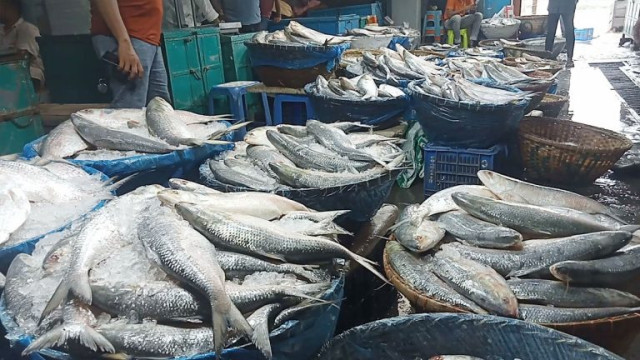
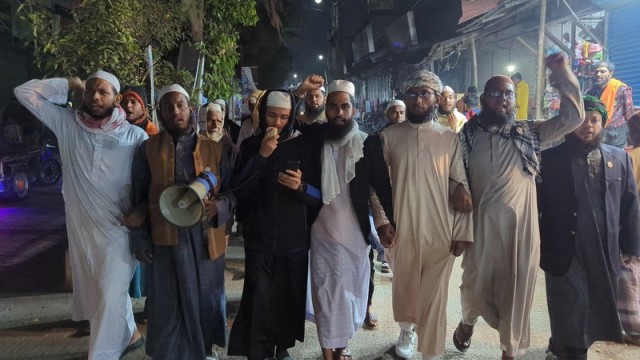
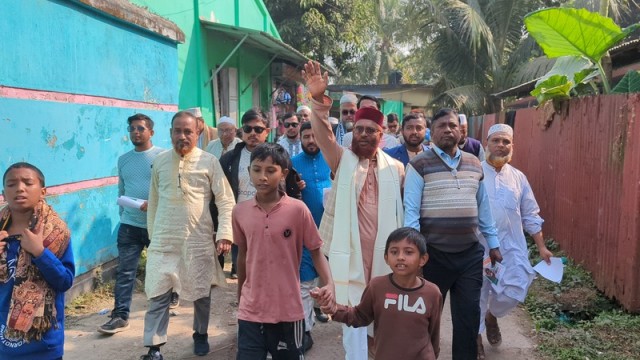

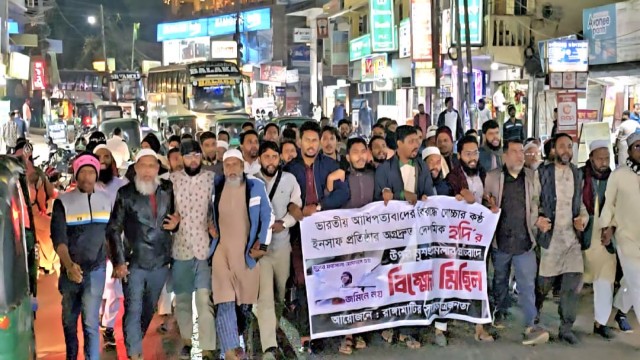

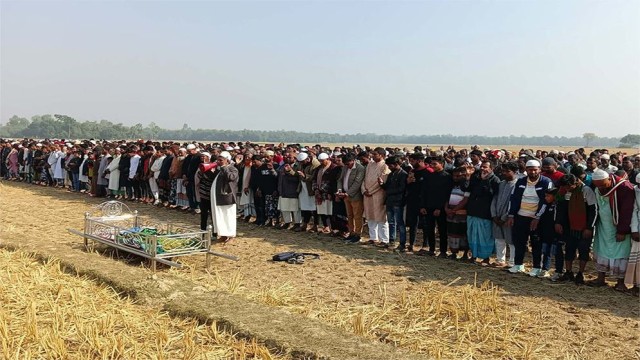
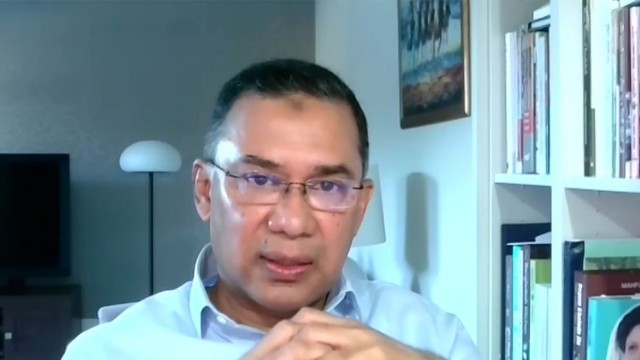


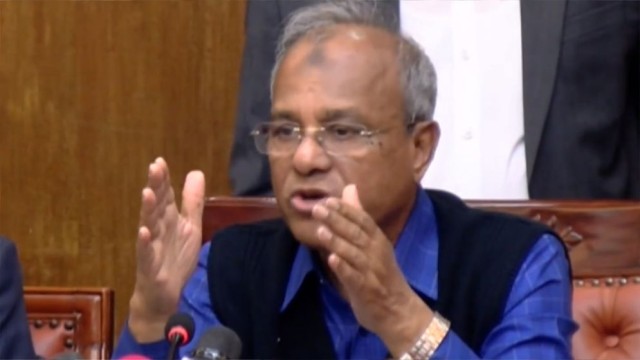

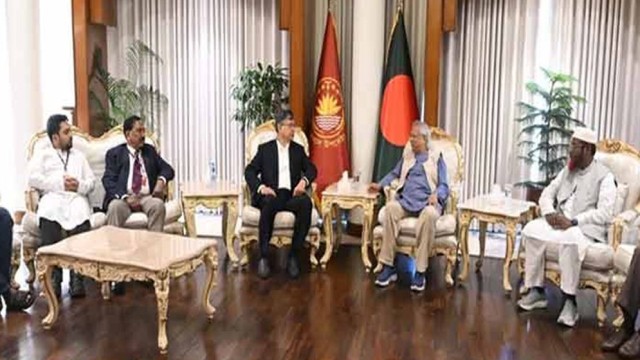
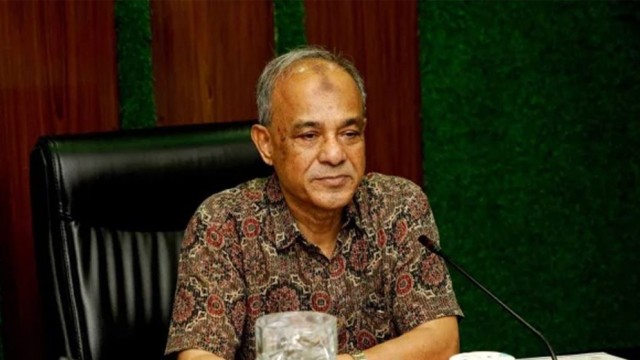

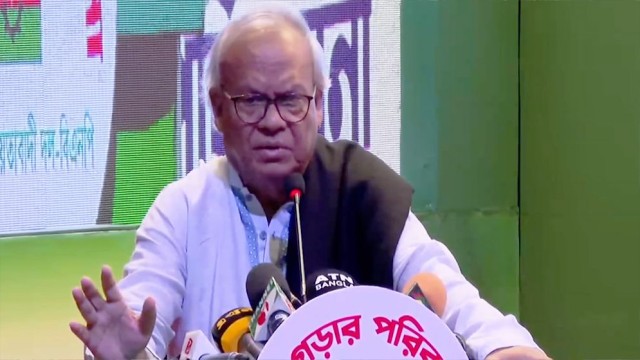



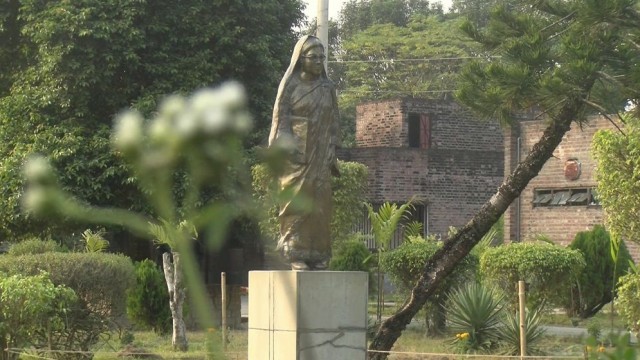
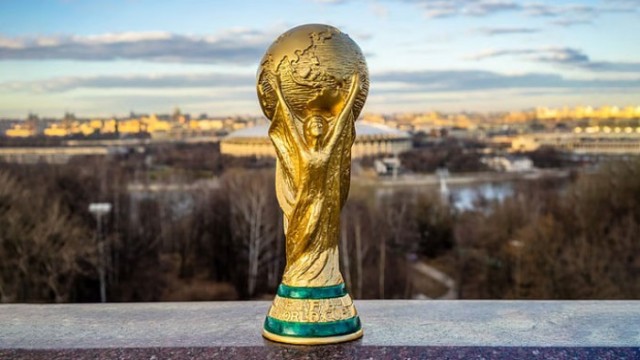

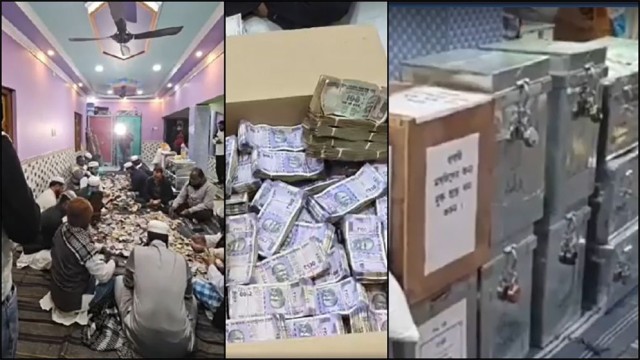
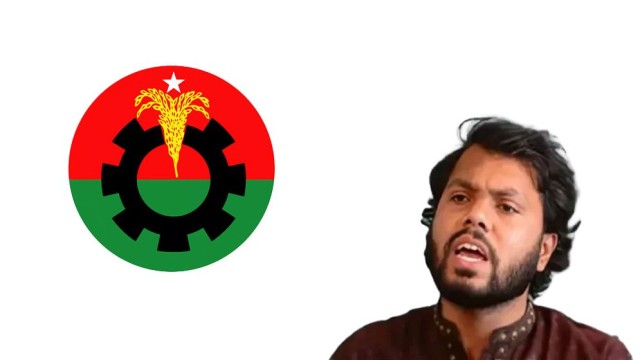




Comment: